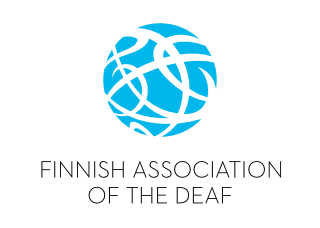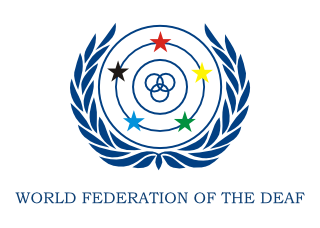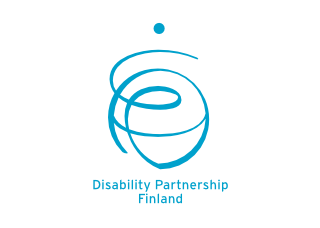 MENU
MENU
- Welcome screen
- Main screen
- Foreword
- 1. INTRODUCTION – WHY HAVE WE MADE THIS MANUAL?
- 2. SIGN LANGUAGES AND SIGN LANGUAGE WORK
- 2.1 Communication and natural language
- 2.2 Signed languages
- 2.3 What is deaf culture?
- 2.4 What is Sign Language Work?
- 2.5 The goals and processes of Sign Language Work
- 2.5a Goal 1: To raise linguistic awareness within the Deaf Community
- 2.5b Goal 2: To start sign language documentation and research
- 2.5c Goal 3: To share and disseminate information about Sign Language Work
- 2.5d Goal 4: To develop skills for lobbying for human and linguistic rights
- 2.5e Long-term goals for Sign Language Work (10–20 years)
- 2.6 The UN and the CRPD
- 3. STARTING SIGN LANGUAGE WORK
- 4. WORKING METHODS FOR SIGN LANGUAGE WORK
- 4.1 The linguistic advisor
- 4.2 The recruitment of staff for Sign Language Work
- 4.3 The Sign Language Working Group
- 4.4 How to implement the training – notes on the use of time
- 4.5 Target groups for training given by the linguistic advisor
- 4.6 Training as capacity-building – sharing skills in a sustainable way
- 4.7 Teaching methods
- 4.8 Ensuring geographic coverage for Sign Language Work
- 5. SUGGESTED CONTENT AND TOPICS FOR SIGN LANGUAGE WORK TRAINING
- 6. BEST PRACTICES AND CHALLENGES IN SIGN LANGUAGE WORK
- 6.1 Communication
- 6.2 Linguistic challenges – the desire for sign language change and standardisation
- 6.3 Challenge – how to avoid (linguistic) colonialism and international pressure
- 6.4 Challenges in involving the Deaf Community
- 6.5 Challenge – motivation of volunteers
- 6.6 Cultural clashes in everyday work
- 6.7 Challenge – prioritising
- 6.8 Challenge – setting the order in which topics should be covered
- 6.9 Challenge – the need for flexibility in implementing a plan
- 6.10 Challenge – an active dialogue with relevant stakeholders
- 6.11 Challenge of sustainability – project duration and ensuring funding
- 7. SUMMARY: WHAT NOT TO DO, AND CONCRETE SUGGESTIONS FOR GOOD PRACTICE
- Role play videos
- Role play video for chapter 2.5a
- Role play video for chapter 2.5b
- Role play video for chapter 2.5c
- Role play video for chapter 2.5d
- Role play video for chapter 3.2
- Role play video for chapter 3.3
- Role play video for chapter 4.1b
- Role play video for chapter 4.2
- Role play video for chapter 4.3
- Role play video for chapter 4.7
- PDF (print friendly)
- References
- Contact Us




